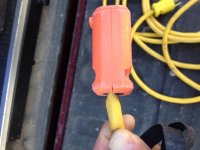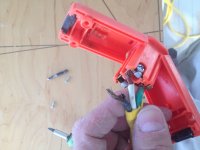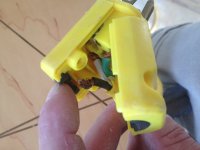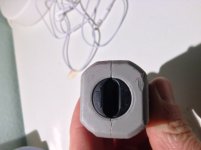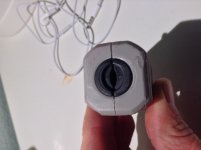I have a 25' 12 gauge cord with "aftermarket" ends on the cords. After being used and abused, the ends that came with the cord needed to be replaced.
This Friday, I was cutting through some 4 1/2" maple island legs, and halfway through, the gfi I had plugged into had popped. So I went over to pilull the plug and push the reset. When I pulled the plug, I had inadvertently touched the prongs and actually burnt my hand.
Can these aftermarket ends be the issue? I have them crimped on the cord pretty tight. Is this causing some restriction? I've noticed this Ina much smaller scale when I have this plugged into a work light (will never use this cord for that again.)
Any insight would be helpful.
Thanks guys.
Jon
This Friday, I was cutting through some 4 1/2" maple island legs, and halfway through, the gfi I had plugged into had popped. So I went over to pilull the plug and push the reset. When I pulled the plug, I had inadvertently touched the prongs and actually burnt my hand.
Can these aftermarket ends be the issue? I have them crimped on the cord pretty tight. Is this causing some restriction? I've noticed this Ina much smaller scale when I have this plugged into a work light (will never use this cord for that again.)
Any insight would be helpful.
Thanks guys.
Jon

